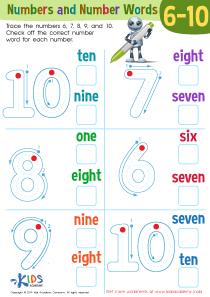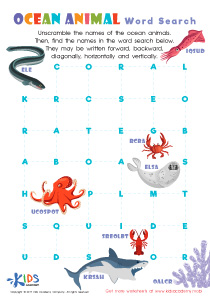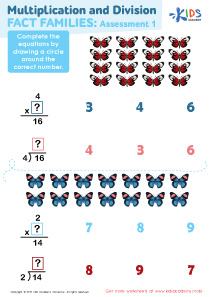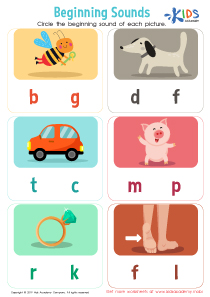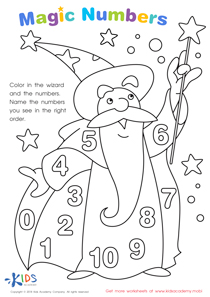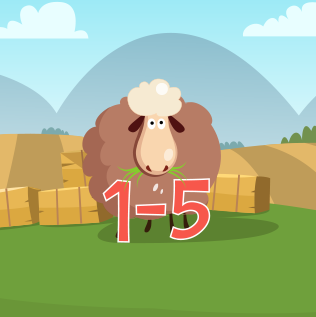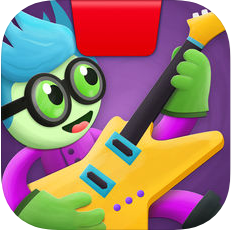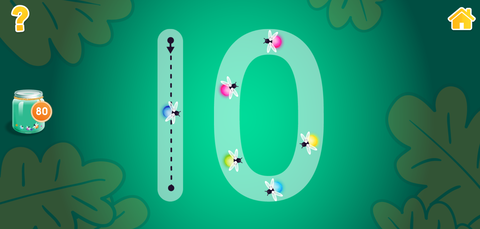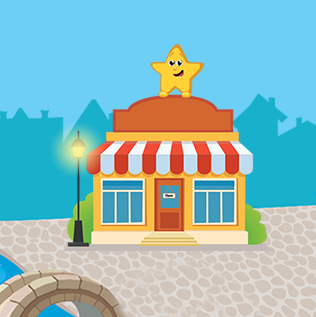Math Lessons | 2D and 3D Shapes, Kindergarten
0 results
Looking for engaging lessons to teach your kindergarten class about 2D and 3D shapes? Look no further than our comprehensive 2D and 3D Shapes Lessons! Our interactive worksheets and educational videos make learning about shapes fun and exciting for young children. With assessment quizzes to test their knowledge, students will master the basics of geometry in no time. Our lessons cover everything from identifying shapes to understanding their properties, making them perfect for supporting early childhood education. Give your students a strong foundation in math and geometry with our excellent 2D and 3D Shapes Lessons today!
As children progress through Kindergarten, they begin to develop an understanding of the world around them. This includes learning about different shapes and the properties they possess. The 2D and 3D Shapes lessons offered to them in class are an essential stepping stone for this knowledge.
To start with, learning about 2D and 3D shapes allows children to understand the differences between objects and their shapes. 2D shapes, such as circles, squares, and triangles, are flat and have no depth or volume, while 3D shapes, such as spheres, cubes, and pyramids, have length, height, and width. It seems simple, but this basis lays the foundation for future studies in geometry.
Encountering 2D and 3D shapes in everyday objects helps children to recognize similarities and differences. Moreover, they learn how real-world objects can be broken down into shapes, which, in turn, can help them to improve their problem-solving skills. By using the interactive worksheets provided in the lessons, they can explore the properties of shapes by drawing, counting, and measuring. It’s a great opportunity to use practical thinking skills to solve various problems.
The worksheets utilize visual aids to help kids understand the difference between 2D and 3D shapes, as well as their basic properties. Children can compare and contrast the shapes, and also come up with real-life examples of each category. By matching objects in the real world with the provided diagrams, children can identify and describe shapes easily.
As children progress through the 2D and 3D Shapes lessons, educational videos offer a unique and engaging way to approach the subject. The videos help break down complex topics, and also offer kinesthetic learning styles that combine with the visual ones provided by the worksheets. And by incorporating assessment quizzes after each lesson, the children can identify their strengths and weaknesses. They get to learn from their mistakes and have repeated access to the materials.
In conclusion, the 2D and 3D Shapes lessons offer a crucial introduction to geometry. By using interactive worksheets and educational videos, children are given the tools to develop their understanding of how the world around them is structured. They are also provided with the resources to develop their problem-solving abilities, and refine their observation and reasoning skills. The skills they learn in these lessons are transferable to many other areas of study and daily life.

